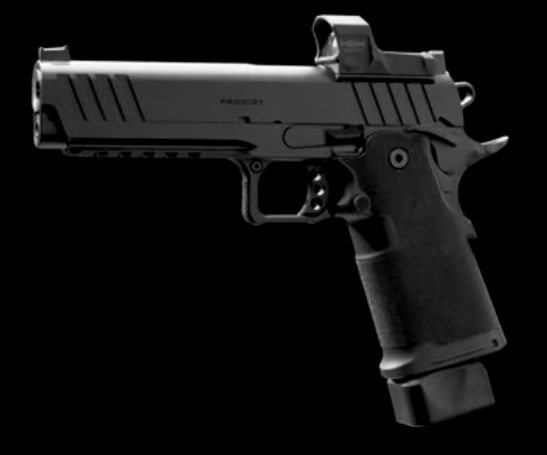
The 1911 pistol has been around for quite a while, especially when measured in terms of firearms technology. It was first designed by John Browning in the 1890’s and was adopted by the U.S. Army in March 1911 (which is why you’ll sometimes hear it referred to as the M1911).
Now, some things are good to change. Personally, I’m pretty happy that indoor plumbing, with running water and hot water, were developed and are, commonly available, now. I like air conditioning and this thing called the internet, too.
But that doesn’t mean that everything should be changed. I was never really a fan of “New Coke,” and I still like things like basic personal liberties that the founding fathers of our country intended for us to have. Those things should have never changed and should never change, in my view.
Having said that, though, you can take some classic things and, actually, improve them. At least for some people’s uses. And that’s what Springfield Armory has tried to do with their pistol, the Prodigy DS, an update to John Browning’s 1911 design. Mike Searson writes,
Springfield Armory has moved in a bold new direction with their latest take, in a design called the Prodigy.
That might sound like quite a statement for a single-stack, hammer-fired pistol chambered in .45 ACP—except the Prodigy is chambered in 9mm with a double-stack magazine, hence the DS designation in the product name.
The concept isn’t new. We’ve all seen pistols by companies like STI (now Staccato) and Cosaint Arms with this profile and even the older Para Ordnance 1911s. Yet the Springfield Prodigy DS offers a little something more.
This pistol is equipped with a single-slot Picatinny rail on the dust cover, ambidextrous safety, magazine funnel, optic and ingenious mounting plate system if you want to upgrade that optic.
Searson also notes that the Prodigy DS “uses a bull match grade barrel and no bushing,” and “[t]he pistol ships with a 17- and 20-rounder [magazine] for plenty of versatility.” Many will also appreciate that this gun comes with a trigger that “breaks cleanly at 3.5 pounds with no mush or creep. This is about the pinnacle for a factory 1911.”
Clearly, Searson likes this pistol, and as higher capacity magazines in pistols become more and more popular and common (driven, largely, by Springfield Armory’s introduction of the Hellcat a few years ago), higher capacity even in more traditional firearms designs such as the 1911 are likely to become more common. Is Springfield going to drive that trend, too?
To sum it up, if you’re a bit of a traditionalist, but aren’t hardcore about it and are open to updates that can be legitimate improvements, then, the Prodigy DS may be a firearm to consider for your next pistol purchase.
